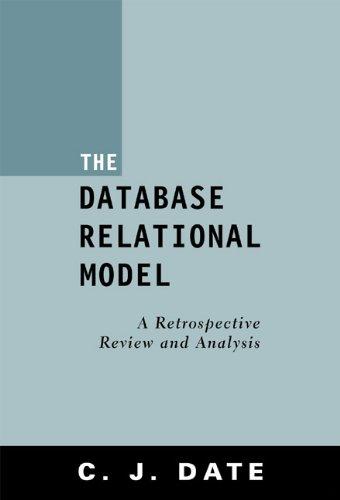Question
I have to use my Student.java, Course.java, and Period.java to create the following method: *** I have written my Student.java, Course.java and Period.java below*** public
I have to use my Student.java, Course.java, and Period.java to create the following method:
*** I have written my Student.java, Course.java and Period.java below***
public static Course[] commonCourses(Student one, Student two)
given two students, return a list of all the courses both of the students are taking together in a new array (in any order).
the returned array should be just large enough to hold the results, and no larger; it should not contain any empty (null) entries.
if there are no courses in common, return null.
My Student.java is:
public class Student { String firstName; String lastName; int id; int gradYear; Course schedule[] = new Course[6]; public Student(String firstName, String lastName, int id, int gradYear) { this.firstName = firstName; this.lastName = lastName; this.id = id; this.gradYear = gradYear; }
public String getFirstName() { return firstName; } public String getLastName() { return lastName; } public int getId() { return id; } public int getGradYear() { return gradYear; } public Course[] getSchedule() { return schedule; } public String toString() { return this.id+": "+this.lastName+", "+this.firstName+" - "+this.gradYear; } public boolean equals(Student other) { return id==other.id; } }
My Course.java:
public class Course { int department; int courseNum; String name; char day; int timeSlot; int credits; Student students[] = new Student[20];
private Period period;
public Course(int department, int courseNum, String name, char day, int timeSlot, int credits) { this.department = department; this.courseNum = courseNum; this.name = name; this.day = day; this.timeSlot = timeSlot; this.credits = credits; this.period = new Period(day, timeSlot); }
public int getDepartment() { return department; }
public int getCourseNumber() { return courseNum; }
public String getName() { return name; }
public Period getPeriod() { return period; }
public int getCredits() { return credits; }
public Student[] getRoster() { return students; }
public String toString(){ return this.department+":"+this.courseNum+" "+"[" + this.name + "]"+" "+ this.period + " " + "credits:"+this.credits; }
public boolean equals(Course other){ return courseNum==other.courseNum && department==other.department; } }
My Period.java:
public class Period { private char day; private int timeSlot;
public Period(char day, int timeSlot) { if(day >= 'a' && day <= 'z'){ day = (char) (day + (int)'A' - (int)'a'); } this.day = day; this.timeSlot = timeSlot; }
public char getDay() { return this.day; } public int getTimeSlot() { return this.timeSlot; } public String toString() { return ""+this.day + this.timeSlot; } public boolean equals(Period p) { return day == p.day && timeSlot == p.timeSlot; } public int compareTo(Period other){ if(equals(other)) { return 0; } else{ if(other.day == day) { if(timeSlot < other.timeSlot) { return -1; } else{ return 1; } } else{ String days = "SMTWHF"; int ind1 = days.indexOf(day); int ind2 = days.indexOf(other.day); if(ind1 < ind2){ return -1; } else{ return 1; } } } } }
Again my qustion is to USE Student.java, Period.java, Course.java that CREATES the method
public static Course[] commonCourses(Student one, Student two)
THE METHOD SHOULD DO THE FOLLOWING:
1. given two students, return a list of all the courses both of the students are taking together in a new array (in any order).
2. the returned array should be just large enough to hold the results, and no larger; it should not contain any empty (null) entries.
3. if there are no courses in common, return null.
Step by Step Solution
There are 3 Steps involved in it
Step: 1

Get Instant Access to Expert-Tailored Solutions
See step-by-step solutions with expert insights and AI powered tools for academic success
Step: 2

Step: 3

Ace Your Homework with AI
Get the answers you need in no time with our AI-driven, step-by-step assistance
Get Started


